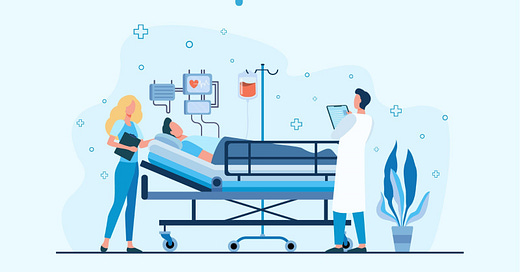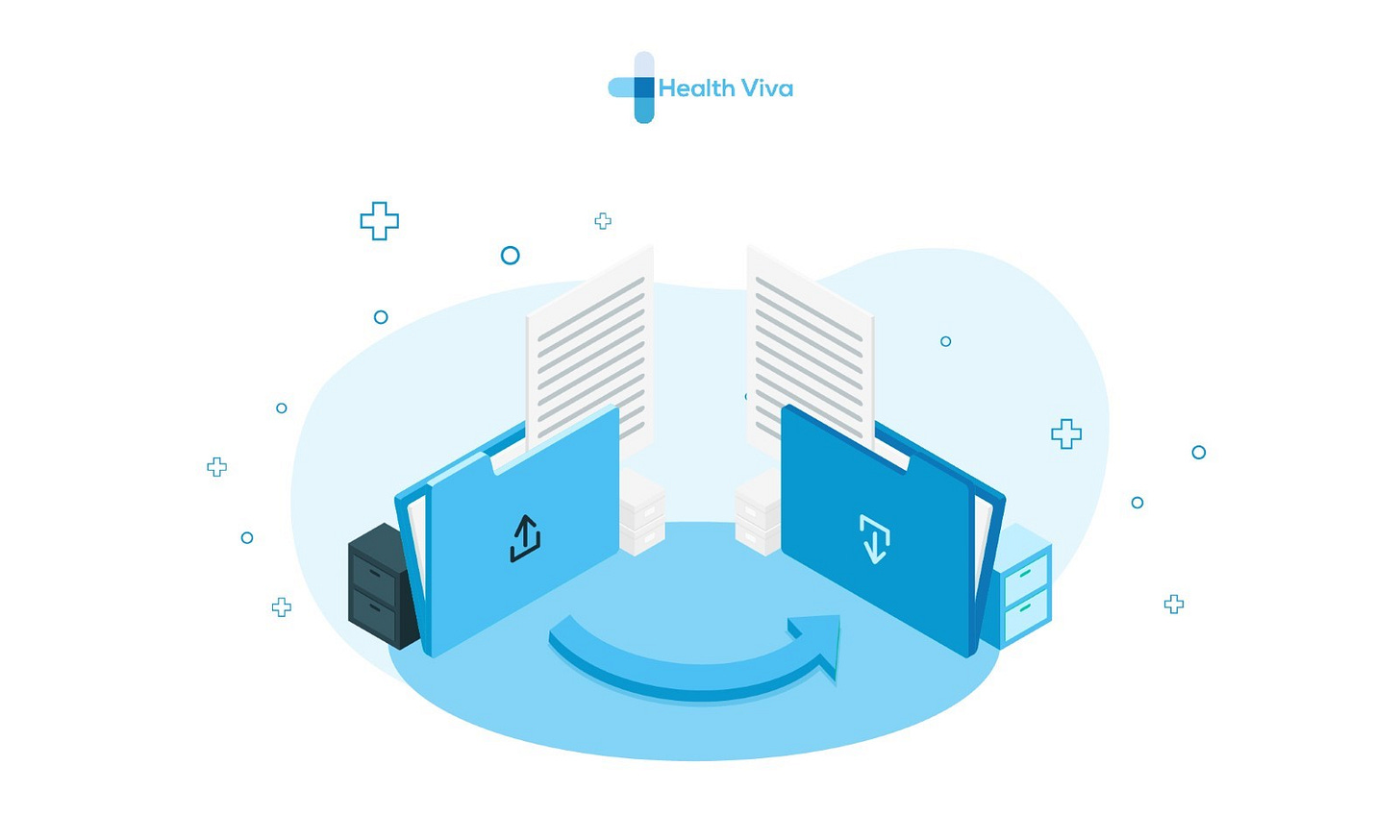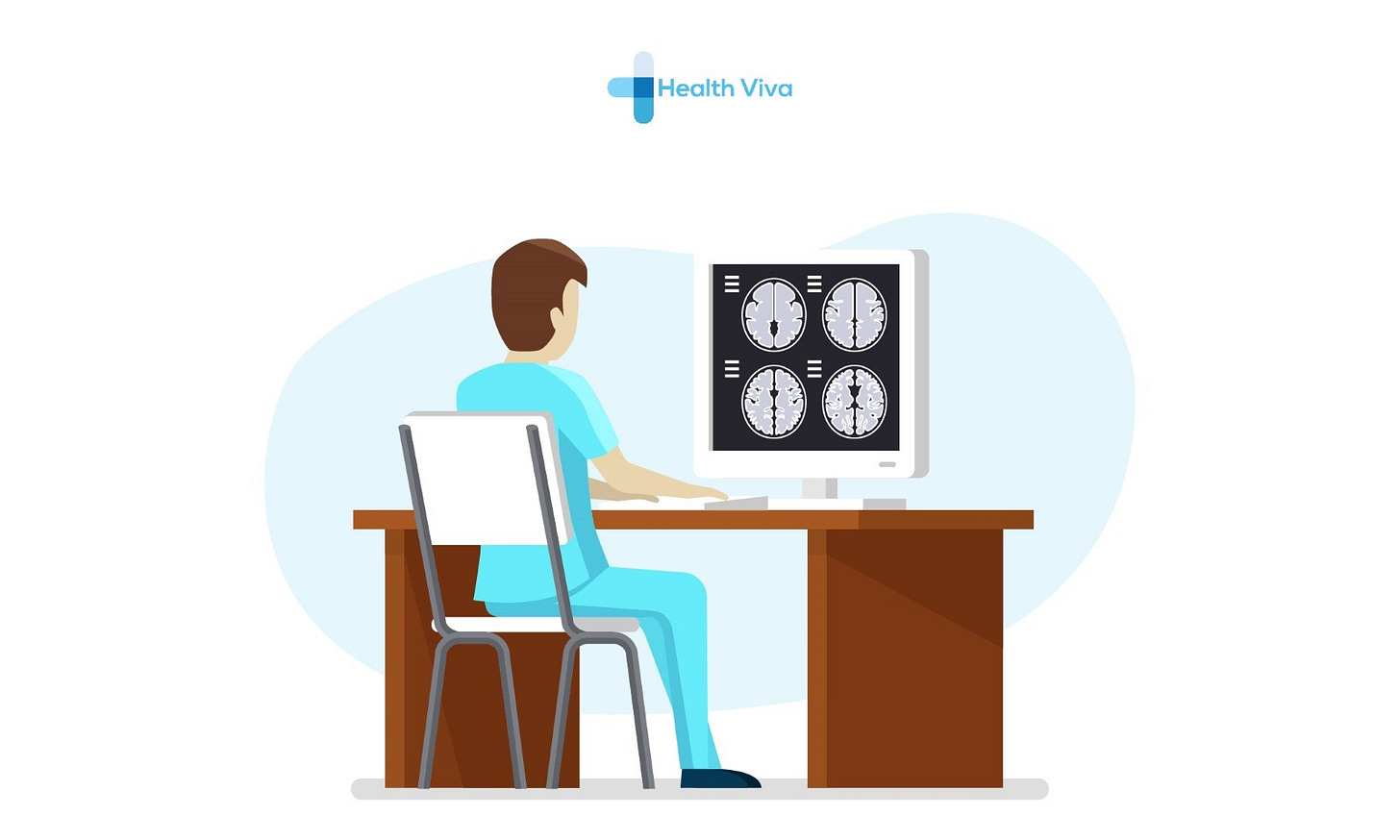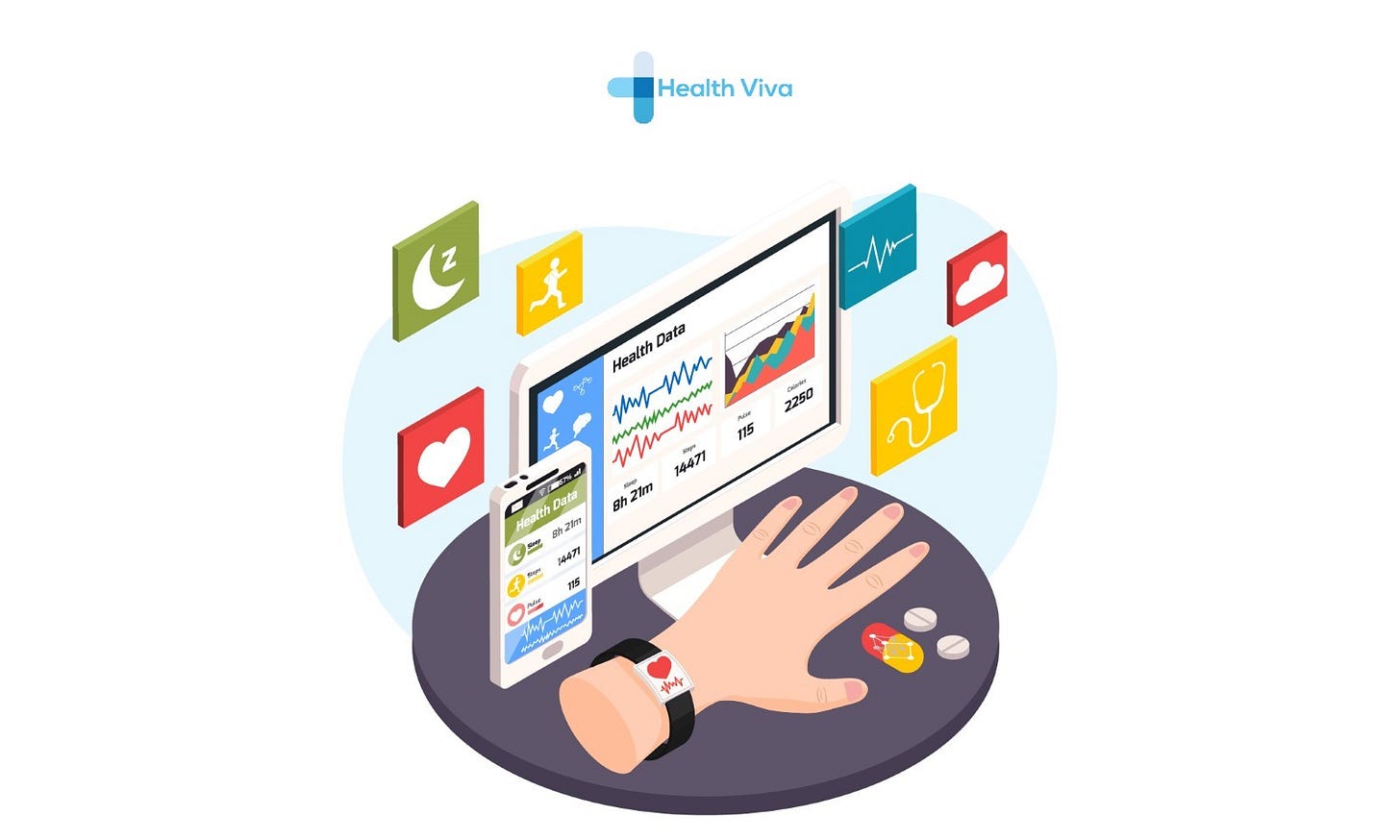Howdy!
Today we are back with one of the most pressing topics in digital health space – Healthcare Integration and how healthcare integration is transforming the care outcome. Healthcare integrations as we all know is the ability for the health systems to talk with each other electronically.
The Evolution
Healthcare ecosystem is built with each department deploying different systems from different vendors. As these systems cannot work independently, they need communication between each other. For example, provider systems needed electronic communication with other enterprise systems like Pharmacy, Payors, Revenue Cycle Management, Lab Systems, Radiology Systems, Picture Archival and Communication System (PACs).
To fulfill the needs of the healthcare industry, standardization kicked in almost 2 decades ago, where standard development organizations along with government working groups created different groups to address the need of these different integration use cases in healthcare. Few of the most popular ones are HL7, SNOMED, CDISC, IHE, NEMA, ISO, ASC X12.
Most of the healthcare integrations happen with standardized set of data getting transferred. Be it HL7 v2, CCDA, FHIR, DICOM, the goal of most of the data transmission was to support syntactic interoperability, which is the way the data (along with structure and format) is communicated between components. Standards are categorized into various types like –
Types of Standards
Content/Messaging Standards: These are the standards that defines the content messages that are in scope of any data transfers between different systems. For ex. HL7 v2, CDA, C-CDA
Terminology Standards: These are the standards which defines the terminology that are used within the healthcare systems to communicate or identify a particular concept. They can represent structured vocabularies, terminologies, code sets and classification systems. For ex. CPT codes, HCPCS code, ICD 9, ICD 10 and ICD 11, LOINC, SNOMED, NDC etc.
Security and Privacy Standards: These are the standards which are governed by laws in specific countries. For ex. HIPAA as an act that provides Security, Privacy rules, along with GDPR effective in Europe.
Transport Standards: Transport standards are made to address the format of messages that are transmitted between multiple systems. They also take care of document architecture, or clinical templates and more. For ex.
DICOM that is a widely used standard for transporting medical images along with related data
FHIR that leverages “Resources” that describes health data format along with data elements. With FHIR Servers getting implemented, the entire communication with the FHIR server will be via REST services that bring uniformity in the way APIs are exposed and consumed. Apart from REST services, FHIR also supports subscription-based event notifications based on different types of channels. Ex.
Webhooks
WebSocket
Email SMS
Message
Going into the future of integrations!
Smart and Contextual Data Everywhere:
Integration technologies are evolving at a rapid pace, where integration is not just now limited to Flat files and APIs exposing and consuming data, however they are now around smart and intelligent interoperability which enables movement of intelligent contextual data. While the Integration platforms are becoming smarter, they are also getting equipped with robotics driven automated use cases, machine learning and Internet of Medical Devices (IoMD) sending information at point of care.
Event Driven Integrations:
Integration consumes lot of resources when you are on cloud. With API driven integrations one has to wait for the need and respond to the ask with no certainty on the transaction. Though this form of API driven integrations has served the industry needs for decades, event driven integrations are rapidly changing the game. Now with event driven architecture approaches, we can simply provide digital experiences to consumers that are more real time, interactive and immersive in nature.
With this new paradigm shift in architectures, one may simply leverage event driven triggers to automatically send information to a destination system when an event happened in source system leveraging a unique URL. A webhook can simply work as a trigger for your workflows or can be leveraged for building reports leveraging the contextual data it sends.
Create continuous seamless experiences across systems:
Another integration trend nowadays is to ensure care experiences that are seamless and continuous. From integration standpoint, platforms are now facilitating embedding third party contents and apps easily within the connected care apps or in digital health apps. With technologies like gRPC or WebSocket communication protocols, platforms can support real time streaming of bi directional healthcare data. So, whether you are interacting with your care app or you want to build a quick community using solutions like Microsoft teams, apps that integrates data and creates seamless experiences over different channels will lead.
Automating the integrations across the care spectrum:
Another trend that will be making transformational impact is automation of the integrations across the point of care. This simply means we can imagine quick turn-around of integrations across office apps and other enterprise apps. Such communications across platform and solutions from Microsoft and AWS will happen swiftly with each other; leveraging some of the data standards like FHIR. For ex. one may use Microsoft FHIR API to pull the data from a FHIR server using an automated RPA service workflow that is configured using Microsoft Power platform to push the data back to other platforms and apps within or outside the enterprise.
Some of the popular Digital Health News around integration and digital health are listed below -
NextGen Healthcare Client Bridges Health Partners Achieves Medicare Savings of Nearly $30 Million with NextGen Population Health Solution
Synthesis AI offers API for virtual humans
BridgeHead and Eclipse Advance Healthcare Integration with Clinical Trials
GoodRx Announces Agreement with Surescripts to Provide Real-Time Drug Discount Pricing in Electronic Health Records
Oshi Health Secures $23 Million Series A To Scale Transformational Virtual Specialty Care
Healthcare Bluebook and Scripta Insights Partner to Deliver the Ultimate Member Cost Containment Solution to Reduce Medical & Pharmacy Out-of-Pocket Spend Partnership
Total Brain Introduces Heart Rate Variability Measurement and Stress Management Tools
ScanWatch, which received FDA clearance for atrial fibrillation detection through ECG and measuring SpO2 levels from the wrist, becomes available in the United States
Yext Launched AI-Powered Doctor Finder Solution to Make Searching for Healthcare Providers a Seamless Experience
Let us know what do you think about the content. If you have a similar story to cover around healthcare integration, please feel free to share with us.
Adios!
HealthViva Team








